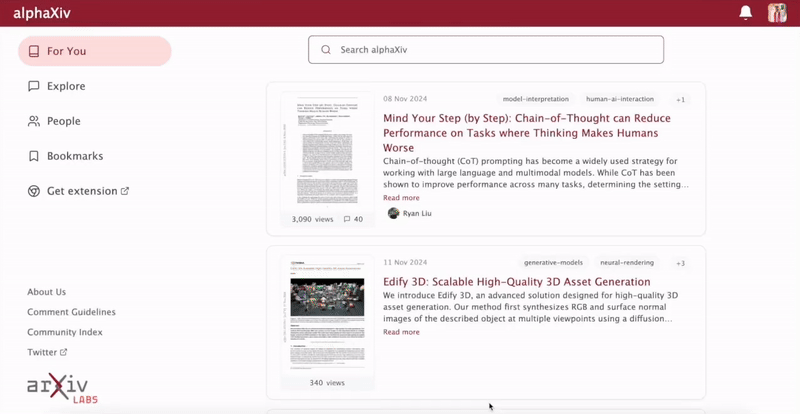We live in a multivariate world, and effective modeling of financial
portfolios, including their construction, allocation, forecasting, and risk
analysis, simply is not possible without explicitly modeling the dependence
structure of their assets. Dependence structure can drive portfolio results
more than the combined effects of other parameters in investment and risk
models, but the literature provides relatively little to define the
finite-sample distributions of dependence measures in useable and useful ways
under challenging, real-world financial data conditions. Yet this is exactly
what is needed to make valid inferences about their estimates, and to use these
inferences for essential purposes such as hypothesis testing, dynamic
monitoring, realistic and granular scenario and reverse scenario analyses, and
mitigating the effects of correlation breakdowns during market upheavals. This
work develops a new and straightforward method, Nonparametric Angles-based
Correlation (NAbC), for defining the finite-sample distributions of any
dependence measure whose matrix of pairwise associations is positive definite
(e.g. Pearsons, Kendalls, Spearmans, Tail Dependence Matrix, and others). The
solution remains valid under marginal asset distributions characterized by
notably different and varying degrees of serial correlation, non-stationarity,
heavy-tailedness, and asymmetry. Importantly, NAbCs p-values and confidence
intervals remain analytically consistent at both the matrix level and the
pairwise cell level. Finally, NAbC maintains validity even when selected cells
in the matrix are frozen for a given scenario or stress test, thus enabling
flexible, granular, and realistic scenarios. NAbC stands alone in providing all
of these capabilities simultaneously, and should prove to be a very useful
means by which we can better understand and manage financial portfolios in our
multivariate world.





